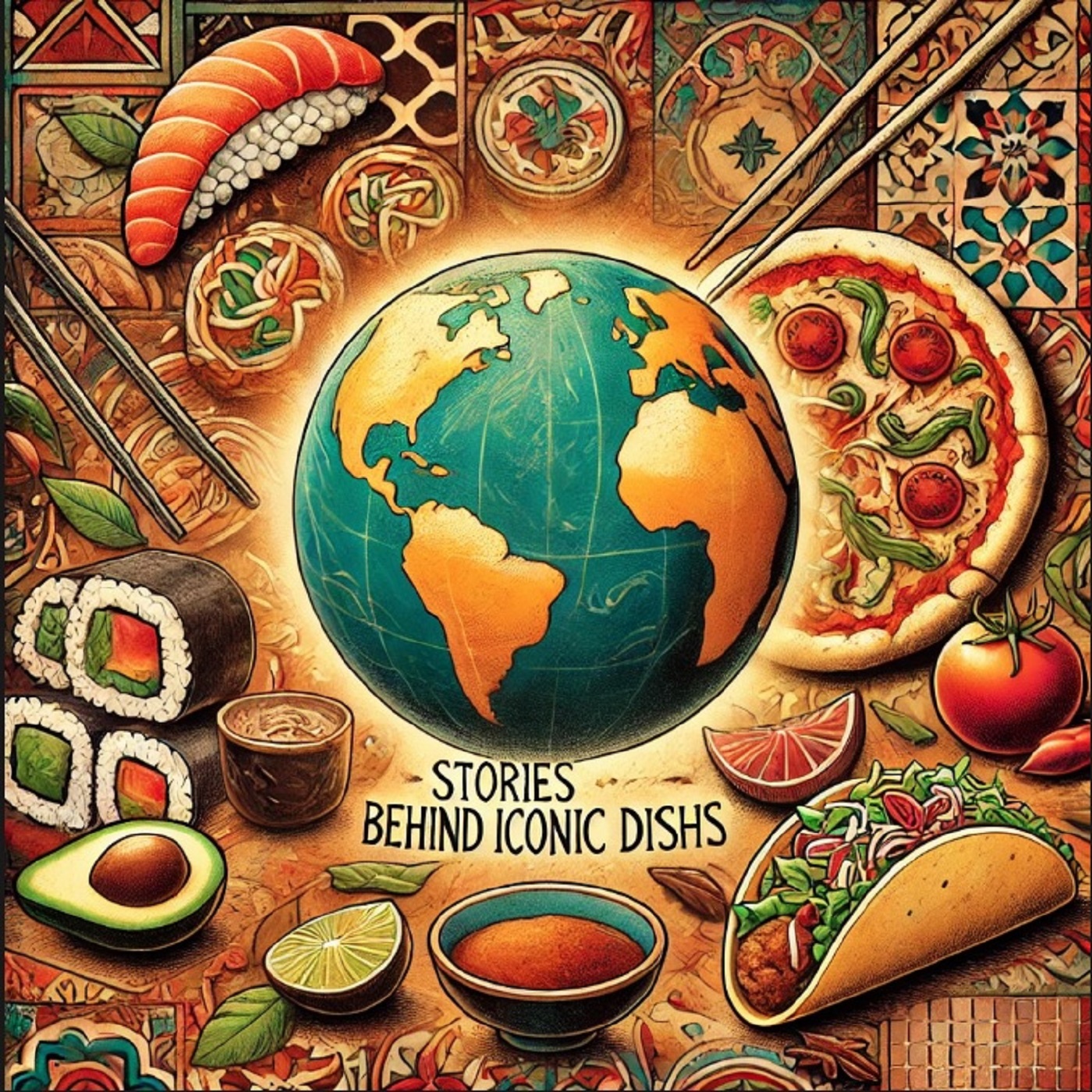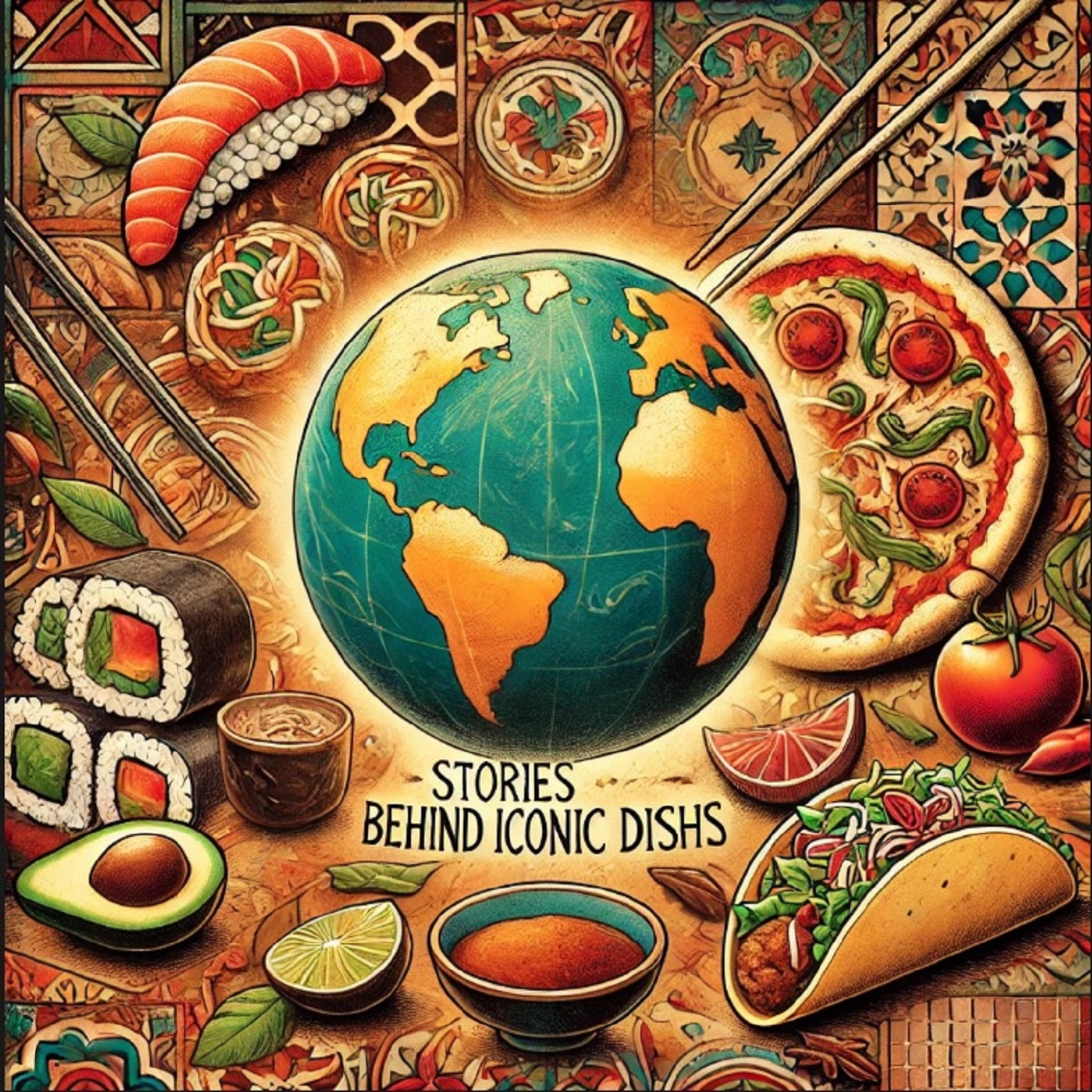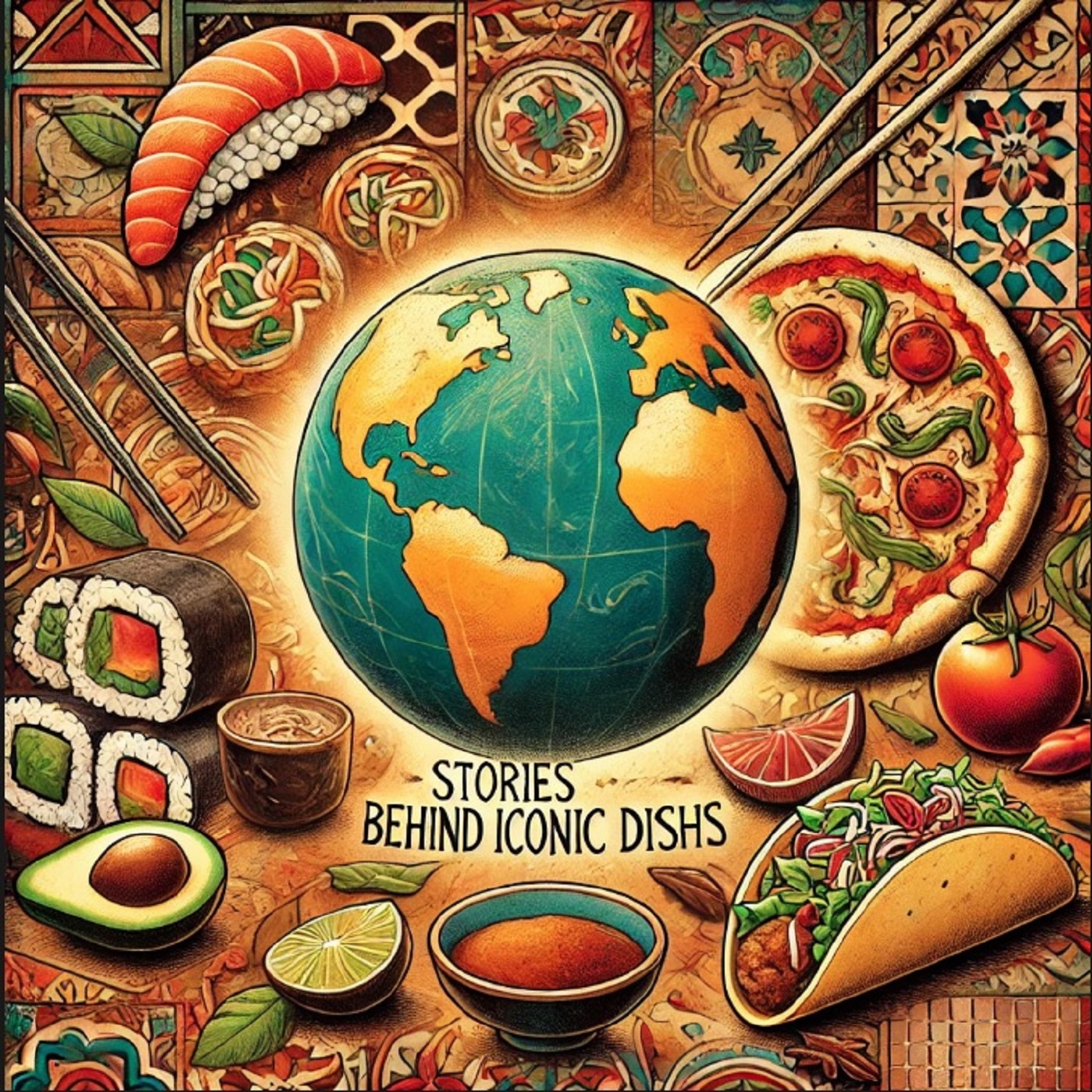This episode explores the deep cultural, historical, and symbolic importance of kimchi, Korea’s national dish. Tracing its roots back over 2,000 years, we see how early versions of kimchi were mild and salt-based before the introduction of chili peppers in the 16th century transformed it into the spicy, vibrant dish known today.
Listeners learn about kimjang, the communal practice of preparing kimchi for winter, recognized by UNESCO as a cultural treasure. The episode also showcases the diversity of kimchi, from classic napa cabbage to radish (kkakdugi), white kimchi (baek kimchi), and cucumber varieties (oi sobagi).
Beyond food, kimchi is presented as a symbol of Korean identity and resilience, sustaining communities through war, scarcity, and migration. Today, it has gained global recognition through fusion dishes and its health benefits, while remaining deeply tied to Korean tradition. Ultimately, kimchi is shown as more than a side dish—it’s culture preserved in a jar, a story of survival turned into celebration.

This episode explores the cultural soul of mango sticky rice, or khao niew mamuang, one of Thailand’s most beloved desserts. Though made from only...

This episode explores the evolution of ramen, a dish with roots in Chinese noodle soups that found a new identity in Japan. Originally a...

This episode traces the rich and flavorful history of Indian curry—from its ancient Ayurvedic roots in the Indus Valley Civilization to its global evolution....